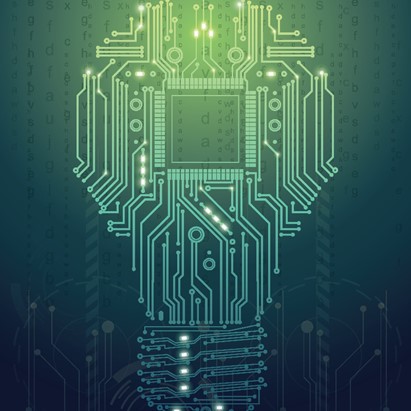
The human factor of cybersecurity could be what makes or breaks an organization’s infrastructure. With today’s constantly evolving digital economy, cultivating an informed and proactive workforce is no longer simply a choice — it’s a necessity, reports Wete and Company.
Data breaches are becoming increasingly common, and 35% of them are attributed to human negligence or error. According to the Federal Information Systems Security Educators’ Association (FISSEA), the cause of this is likely the mindsets of executives. Many believe that cybersecurity is solely the IT department’s responsibility, but that really isn’t the case. Employee awareness is essentially the first line of defense in protecting companies’ digital assets.
Addressing Human Factors Underpinning Cybersecurity Risks
Businesses should employ strategies to address the human factors behind cybersecurity risks to reinforce the importance of keeping company and customer information safe.
FISSEA suggests the following three overarching strategies:
· Developing a Cyber Workforce
The cybersecurity challenge should be faced by a cyber workforce capable of meeting and overcoming obstacles and risks through retention and recruitment. Currently, companies are experiencing dangerous gaps in cyber talent. Thus, they must prioritize the recruitment of forward-thinking, IT-savvy professionals to fill these empty spaces.
Executives should design their strategy for predicting and managing their workforce, focusing on the core stages in employees’ careers to guide development, boost engagement, and ensure retention.
· Implementing Training and Awareness
Naturally, not every cyber workforce is capable of rising to increasingly intricate cybersecurity risks. As such, training and awareness programs must be implemented to provide targeted role-based education for these professionals.
That said, all employees, customers, and suppliers should be educated on the importance of cybersecurity best practices. That way, phishing and other coercive data breach methods won’t succeed in infiltrating networks through human error.
Experts note that the main engagement areas to focus on are as follows:
- Enterprise-wide corporate communication
- Online presence
- Awareness-level education and role-based training
- Monthly phishing tests
- In-depth anti-phishing education for all employees
The above methods work well with engaging all kinds of learners through videos, visual training aids, flyers, mailers, roleplays, and posters.

· Engaging Stakeholders and Leadership
For entities that wish to uphold the notion that cybersecurity is everybody’s responsibility, stakeholder and leadership engagement are top priority. Encouraging collaborations with all departments and enabling the execution of interdependent activities/programs is critical for overall cybersecurity risk mitigation.
· Utilizing People-Based Solutions to Mitigate Cybersecurity Risks
Since the statistics show that humans are 35% of cybersecurity problems, implementing people-based solutions, such as those described above, dramatically increases companies’ abilities to keep their data safe and secure.
Despite the recent domination by AI and other technologies of various areas within the IT security industry, the likelihood of humans being replaced in these processes is slim to none. AI may be able to improve threat detection and response time, but humans will remain essential for ethical decision-making, critical thinking, and creativity, especially as hackers become increasingly advanced in their own tactics.
So, if companies wish to prepare and protect themselves from future cyber threats, they must address the overarching human component of cybersecurity. Without proper education and training, a workforce cannot properly deal with modern technological challenges.






